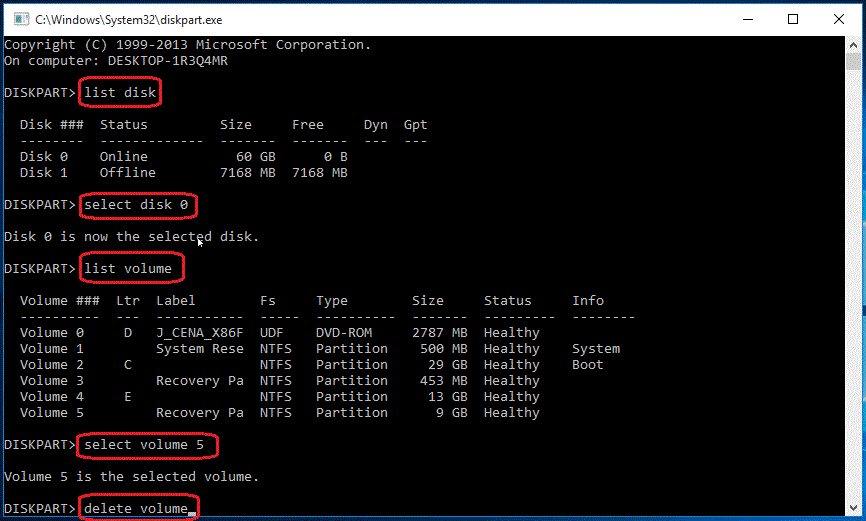How To Delete A Partition In Windows 10
If you’ve bought a PC with Windows 8 or 10 installed, you may be surprised to find that there is not quite as much storage space available as you would expect based on the size of your hard drive. Spider man 3 game download. This could be for a couple of reasons, including a Windows recovery image occupying several gigabytes.
It is also possible that your system supplier included their own recovery partition. We have already looked at how it is possible to create a recovery drive but it is also possible to take full control of your hard drive by claiming back the non-Windows partitions.
These days is it quite a rarity to buy a system that includes recovery media. All too often these are included as disk images or a bootable recovery partition on the main hard drive. While this is great a cost–cutting exercise, there is potential for problems should your system suffer from hard drive failure or corruption.
Jul 08, 2015 Therefore it is recommended to backup all your data before deleting the partition. To delete an existing partition from Windows 10: Follow the instructions from step 1 to 5 from the above section. From the right pane of the Disk Management section, right-click the volume (partition) that you want to delete. Then follow next steps to remove your Windows 10 partition and reallocate your Windows 10 disk space: 1.Enter into the Windows 10 Disk Management interface. Search ' hard disk partitions ' at the Start Menu or Search tool. Right-click the drive or partition by clicking ' Delete Volume'.
Just as is advisable to store backups away from the rest of your data, so it is not necessarily the best idea to store recovery data on the same partition as Windows itself – if your hard drive fails, you’re going to be left searching for a way to get everything reinstalled.
You can use our previous guide to creating recovery media and select the option to delete the recovery partition at the end of this process. This is less about claiming back space and more about having a sensible restoration option available to you in the case worst should happen, but there is no harm in putting disk space to better use.
But if you have already created recovery media without deleting the recovery partition, all is not lost. Equally, if your computer supplier has included their own recovery partition or a partition containing other tools and utilities, you can still wipe out the partition.
Using EaseUS Partition Master – the Home Edition is available free of charge – it is possible to delete unwanted partitions and resize those that remain to occupy the remaining space.
It is possible to delete the partition using Window’s Disk Management tool, but it can be difficult – or impossible – to resize the remaining partitions if the recovery partition appeared at the start of the disk before the C: partition.
Before you do start deleting any partitions, it’s important to take the time to ensure that you do have other options available to you. Use the method built into Windows to create a recovery USB drive, or follow your computer supplier’s instruction for turning the recovery partition they have created into a recovery DVD or USB drive.
Download and install a copy of the program and then fire it up. Click the Partition Manager button and once your drives have been analyzed, they will be listed. Right click on the partition you’d like to remove, select the Delete Partition option and click OK to confirm.
No changes are made to your hard drive at this stage, and you can queue up a couple of operations to be performed one after the other. Now right click your C: drive and select the ‘Resize/Move partition’ option.

Drag the left hand node of the partition bar all the way to the left so that it occupies all available space and then click OK.

Next
Click the Apply button in the main program toolbar and you can sit back and wait while the tool works its magic. Just how long you have to wait will depend largely on the amount of data you have stored on your hard drive, but when it is done you will have regained full control of your drive and will be in a position to put your own recovery plan in place, whether that involves using a backup tool or a disk imaging utility.
How To Delete A Recovery Partition In Windows 10
READ NEXT- › How to Stream UFC 239 Jon Jones vs. Santos Online
- › How to Check Your Wi-Fi Signal Strength
- › What Is “Upscaling” on a TV, and How Does It Work?
- › How to See the Applications Using Your Network on Windows 10
- › How to See All Devices on Your Network With nmap on Linux
Comments are closed.